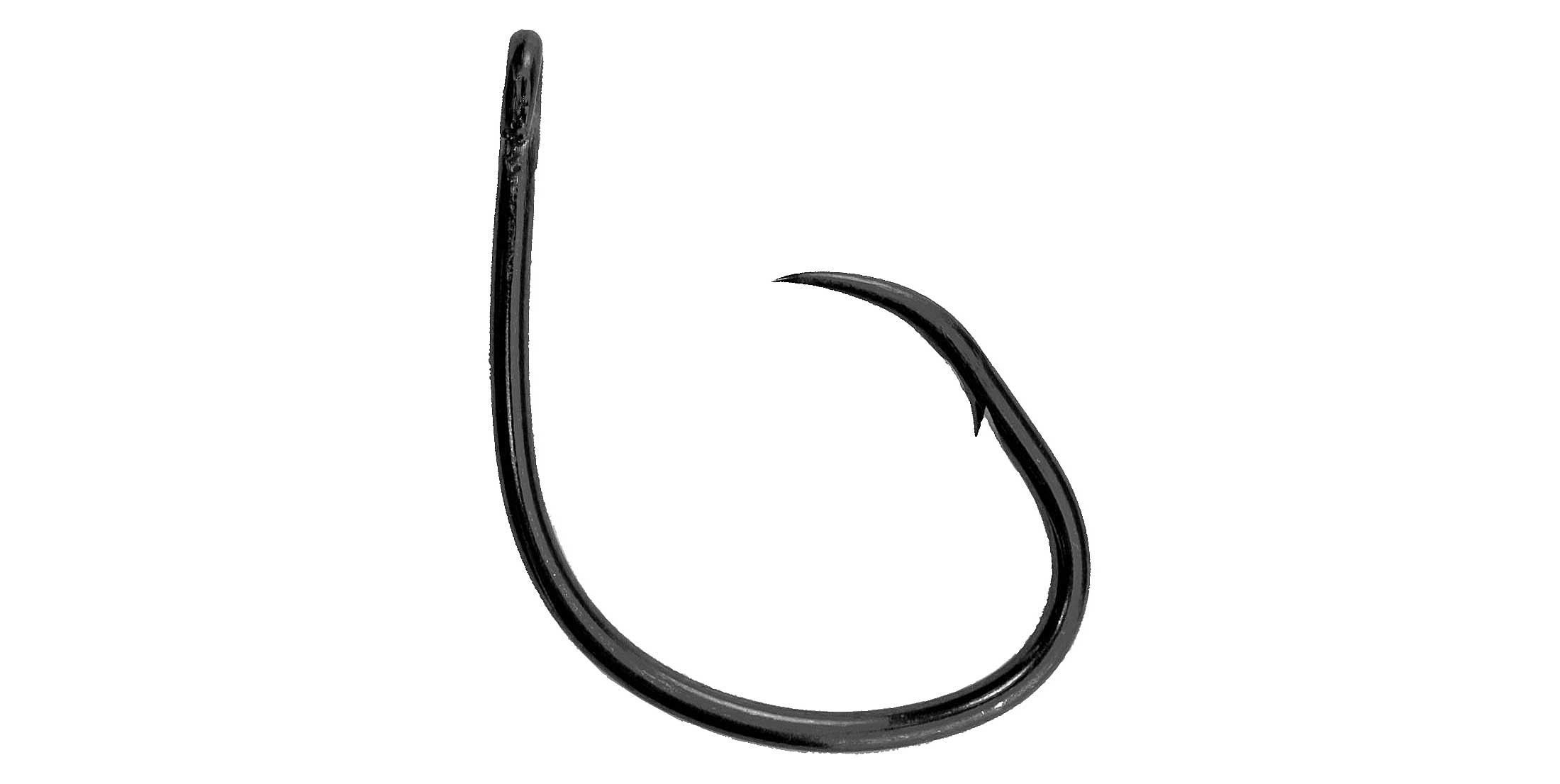Never heard of circle hooks? What you need to know
Advertisement
Never heard of circle hooks? With these fishing hooks, the point curves in toward the shank, giving them a unique circular appearance—hence the name. This design allows them to serve many purposes, from preventing snags to putting more fish in the boat. Here’s how.
Conservation
Advertisement
If you’re practising catch-and-release, circle hooks help prevent injuries to the fish. That’s because the rolled-over tip won’t penetrate as easily if the hook goes deep into the throat, gills or stomach of the fish. Instead, the circle hook is intended to ride up, over and around obstacles and lodge in the fish’s cartilaginous mouth, which is less easily injured.
Hook-ups
Circle hooks shine once they’re secure in a fish’s mouth, seldom popping out thanks to their shape. In comparison, a siwash-style hook only has to slide back from the point of penetration to come loose. In these days of barbless hook regulations, that makes them much less effective than circle hooks.
Advertisement
Trebles
When fish flip around a lot and quickly change direction during the fight, they can easily slip the hooks. Not so with circle trebles. Just imagine the hooking power of three circle points per hook.
Advertisement
Action
So-called kirbed hooks are bent such that the hook point doesn’t line up with the shank. This can dramatically affect the action of plug-style lures, preventing them from running straight and true. The points on circle hooks, however, line up with the shank and will not push lures to one side.
Lunkers
Big fish from down deep—such as lake trout and halibut-are often caught from hundreds of feet away. Factor in their sheer bulk and you have tremendous strain on your gear, as well as on that all-important hooking point. Circle hooks provide added insurance.
Snagging
When salmon come home to rivers, the angler is presented with thousands of fish at his or her feet. That makes it easy to unintentionally foul-hook a fish during the simple retrieve of a lure or fly. This is of particular concern with big springs, but one that is virtually eliminated with a circle hook—the curved point will simply slide over the fish, penetrating only when it’s bitten.

